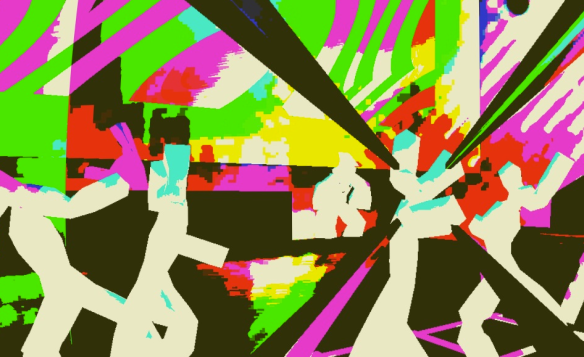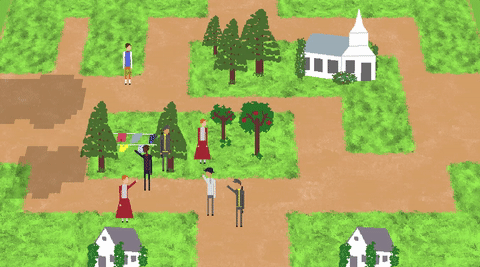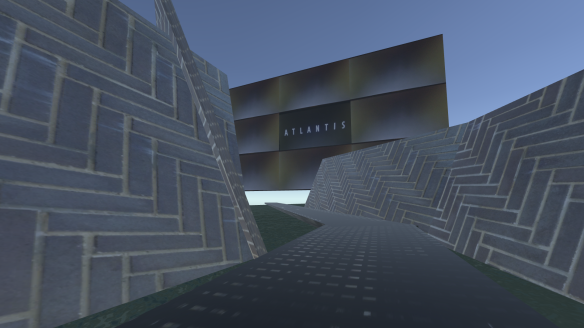There’s been a lot of discussion this past week about how universities should approach teaching videogame development and even just what the basic responsibility of game schools even is. This started with this Twitter thread by Danette Beatty from ustwo. Robert Yang wrote these good reflections in response about some of the challenges of teaching game development. Innes McKendrick wrote these good thoughts in a thread. I wrote this thread about how lacking a broad knowledge of game development disciplines is a problem in countries without large studios. Anna Anthropy wrote this good thread about balancing soft/hard skills in games education. The point across these responses: teaching game development is hard and educators and institutions alike are still trying to figure out how the heck you even do this while, at the same time, the global game industry is dramatically restructuring itself.
There’s one side of the discussion I haven’t really seen come up yet that I encountered first hand in the classroom: the fact that the overwhelming number of students who enter game development programs have no idea what the everyday work of game development actually entails. Worse, many of them have wrong ideas about what one does day-to-day to make games. I want to talk a bit about how this happens, how the marketing for game dev programs often exploit this ignorance, and how the responsibility typically falls on teachers to ensure these students know what they are actually getting in for. Continue reading


 went to GOMA, there was a
went to GOMA, there was a 





You must be logged in to post a comment.